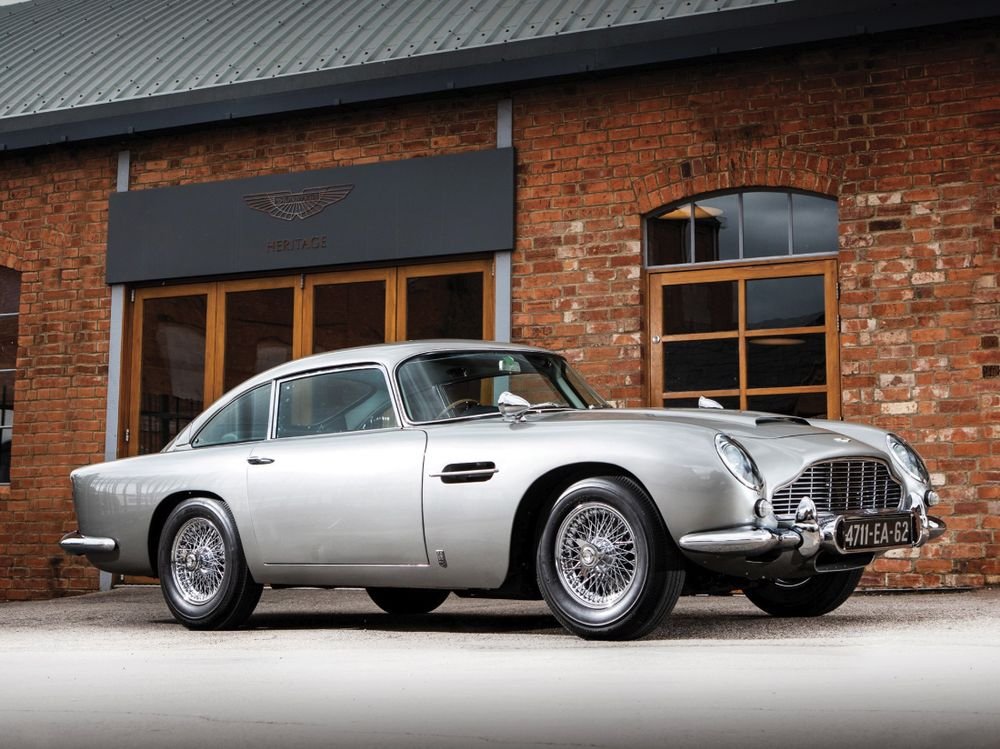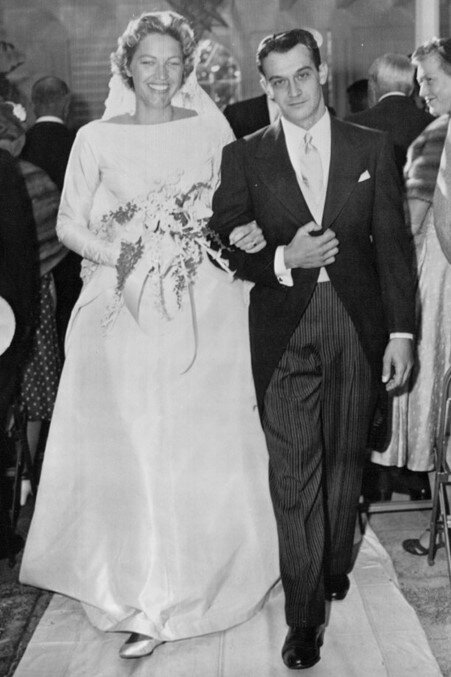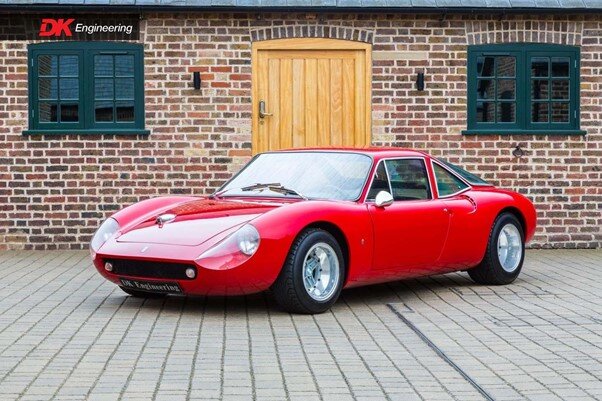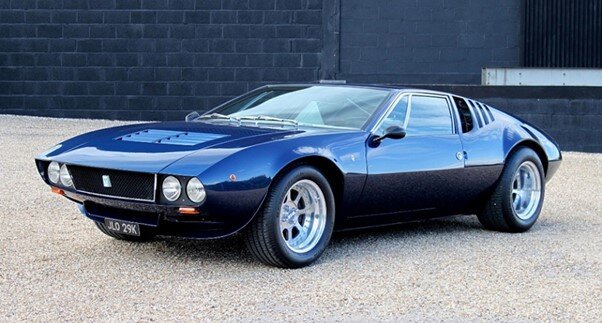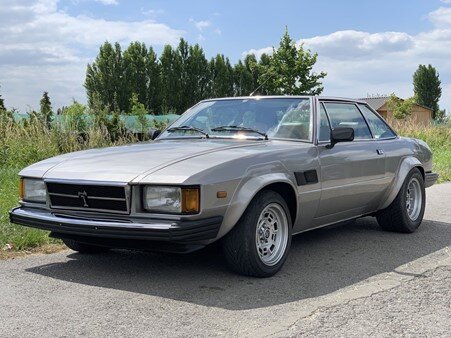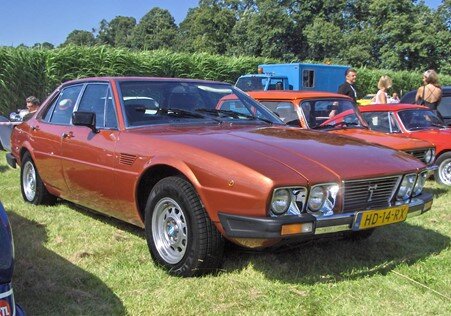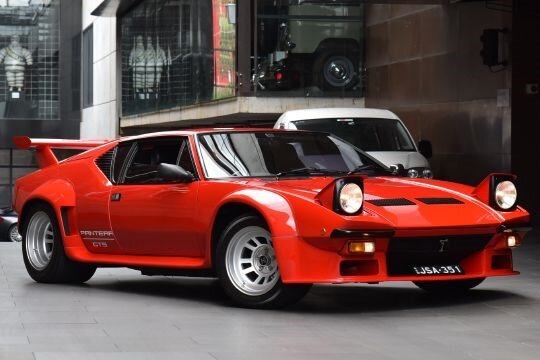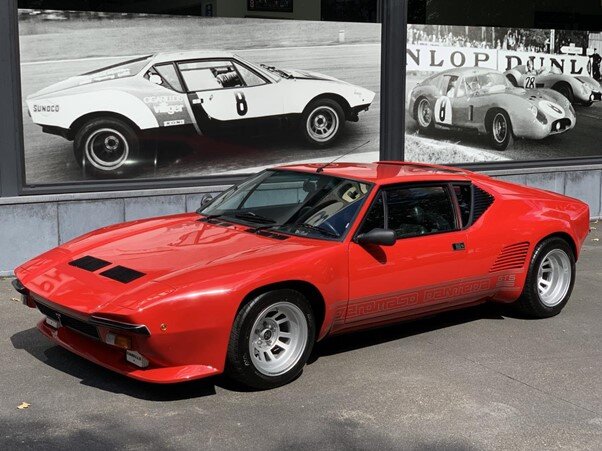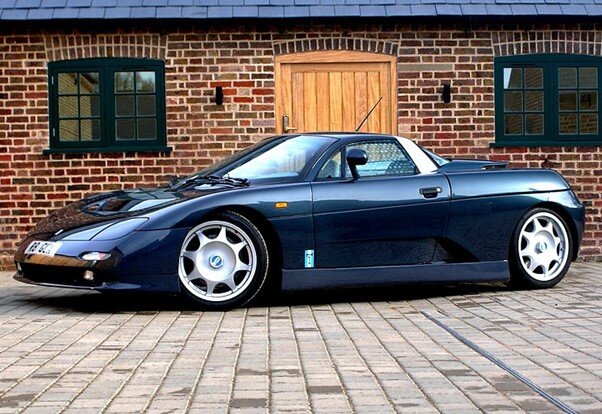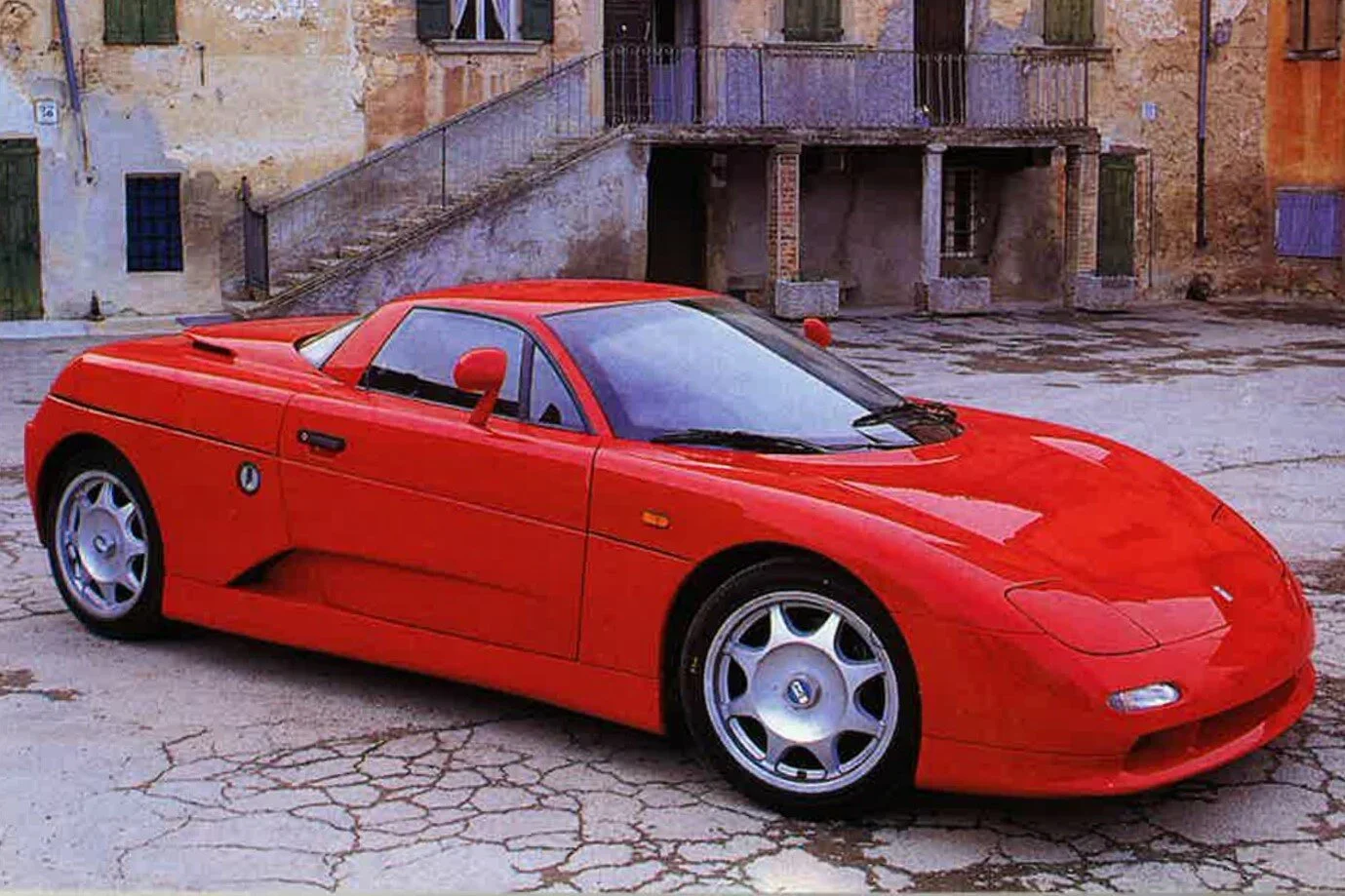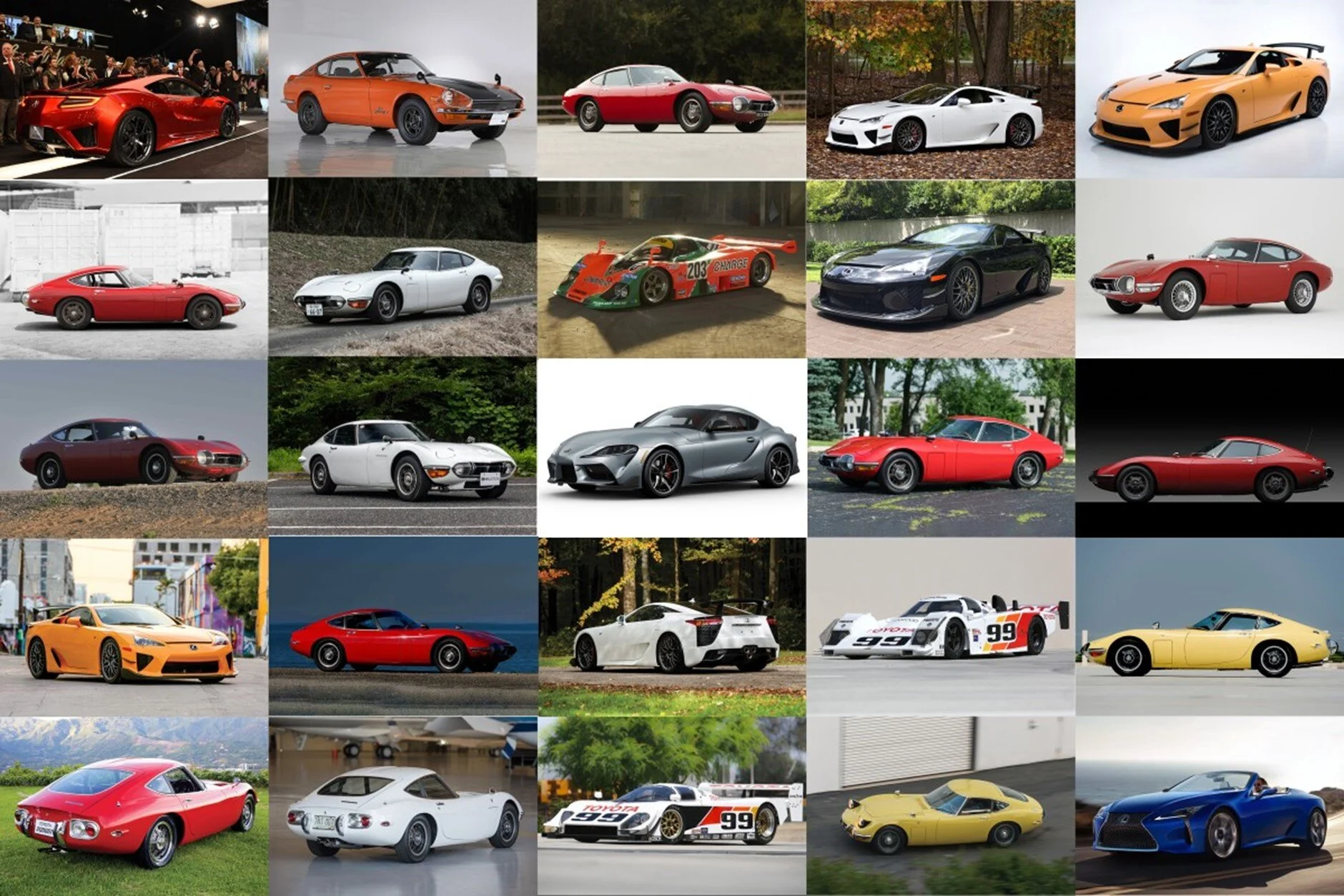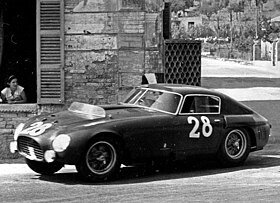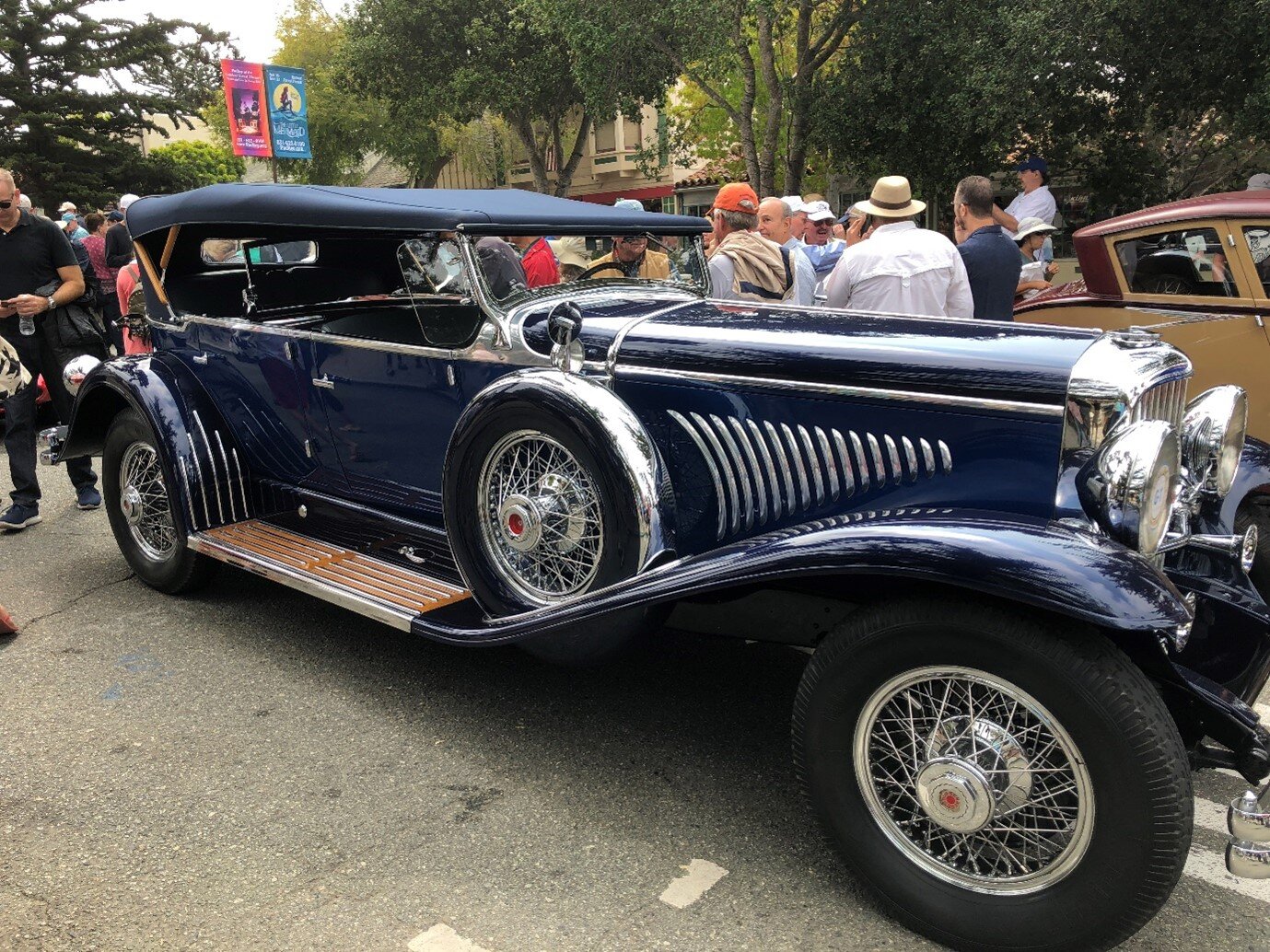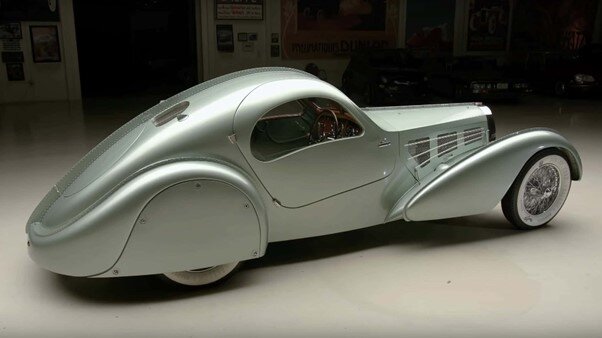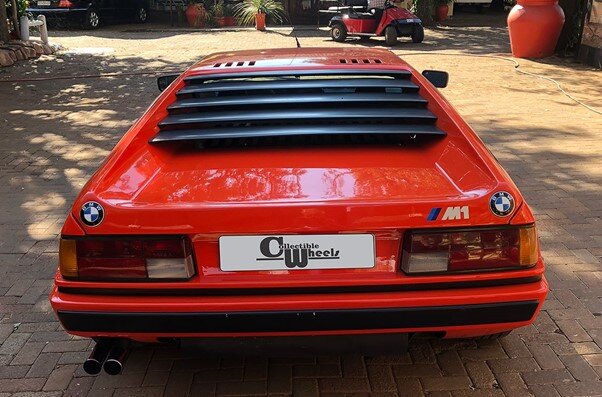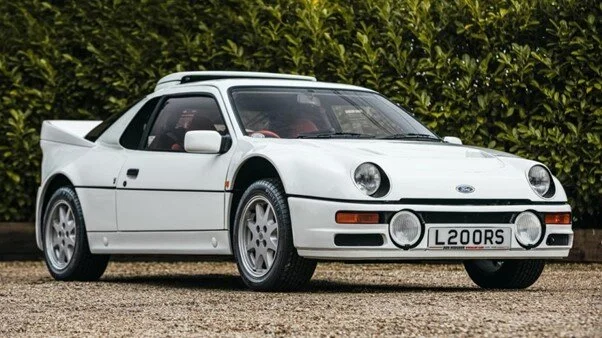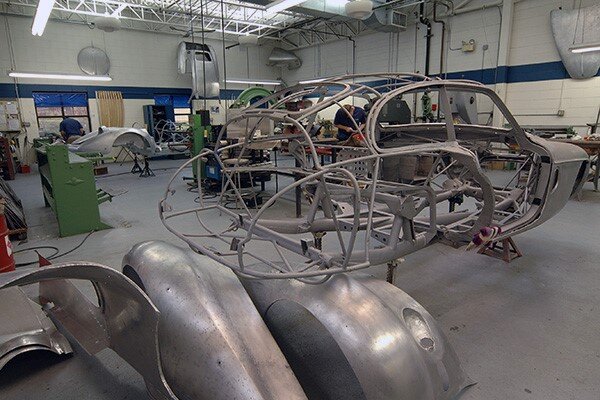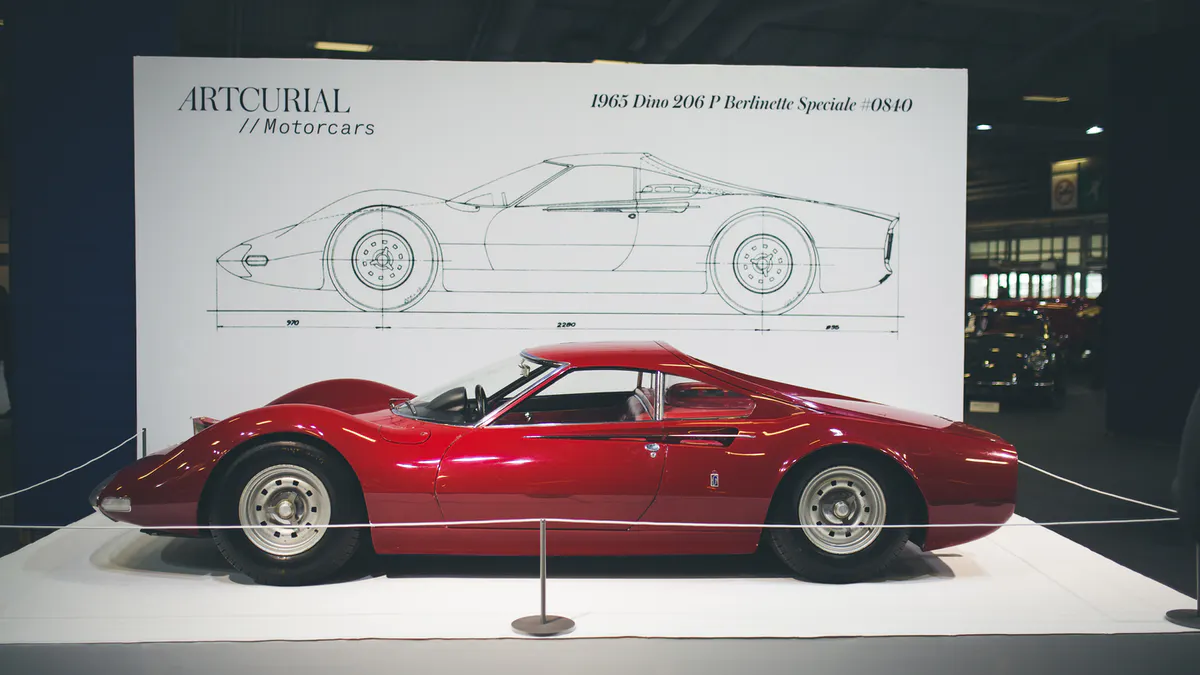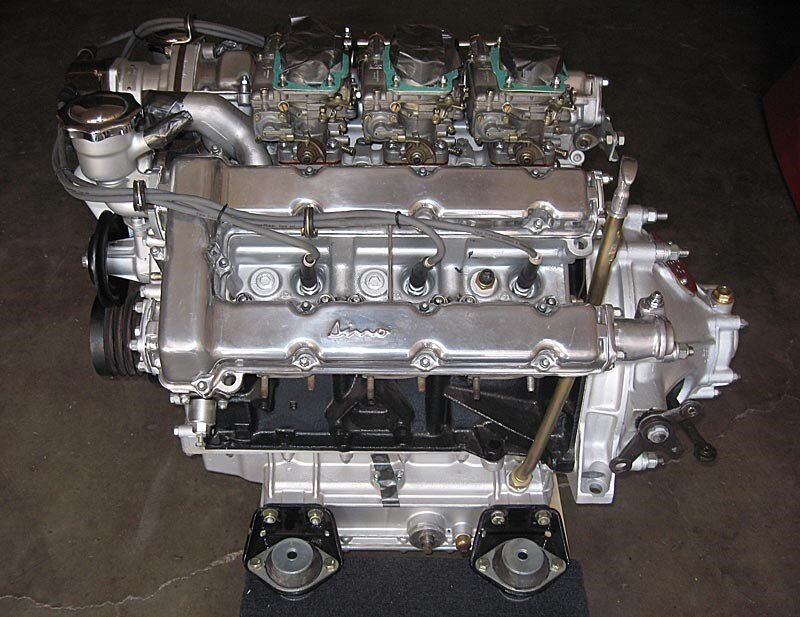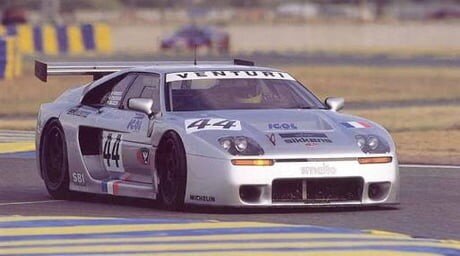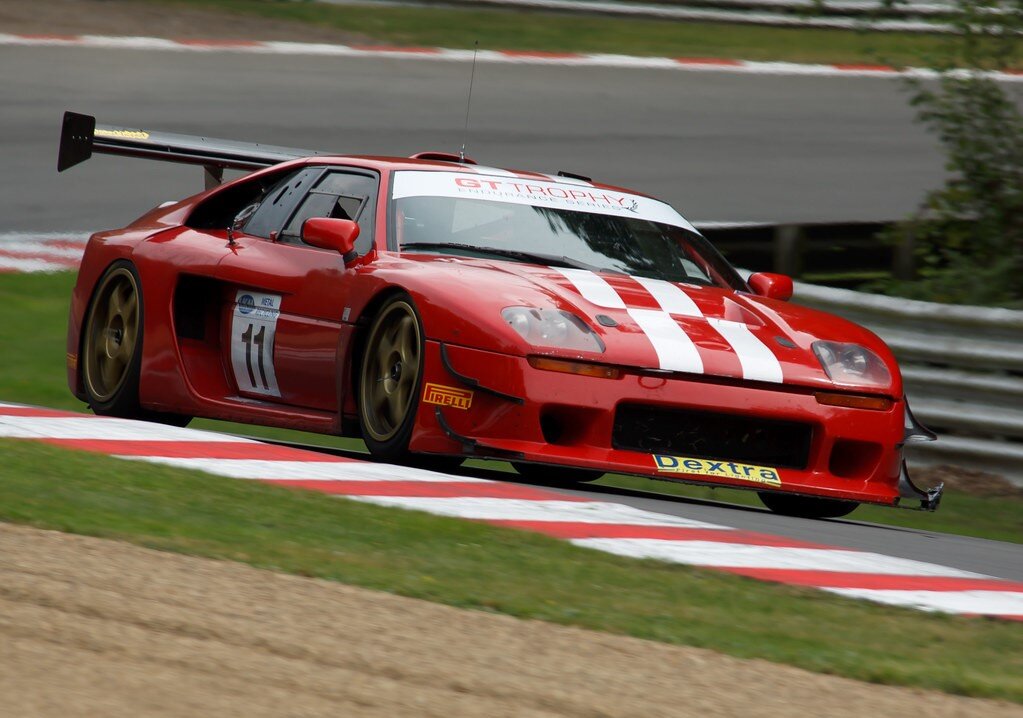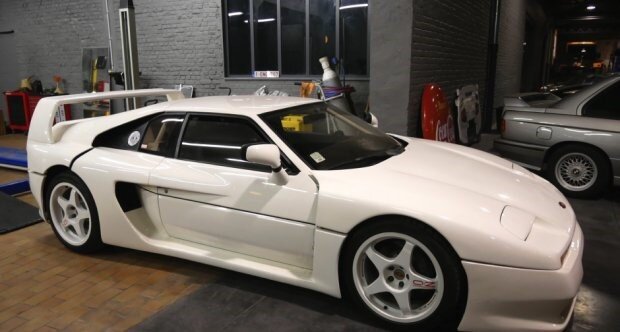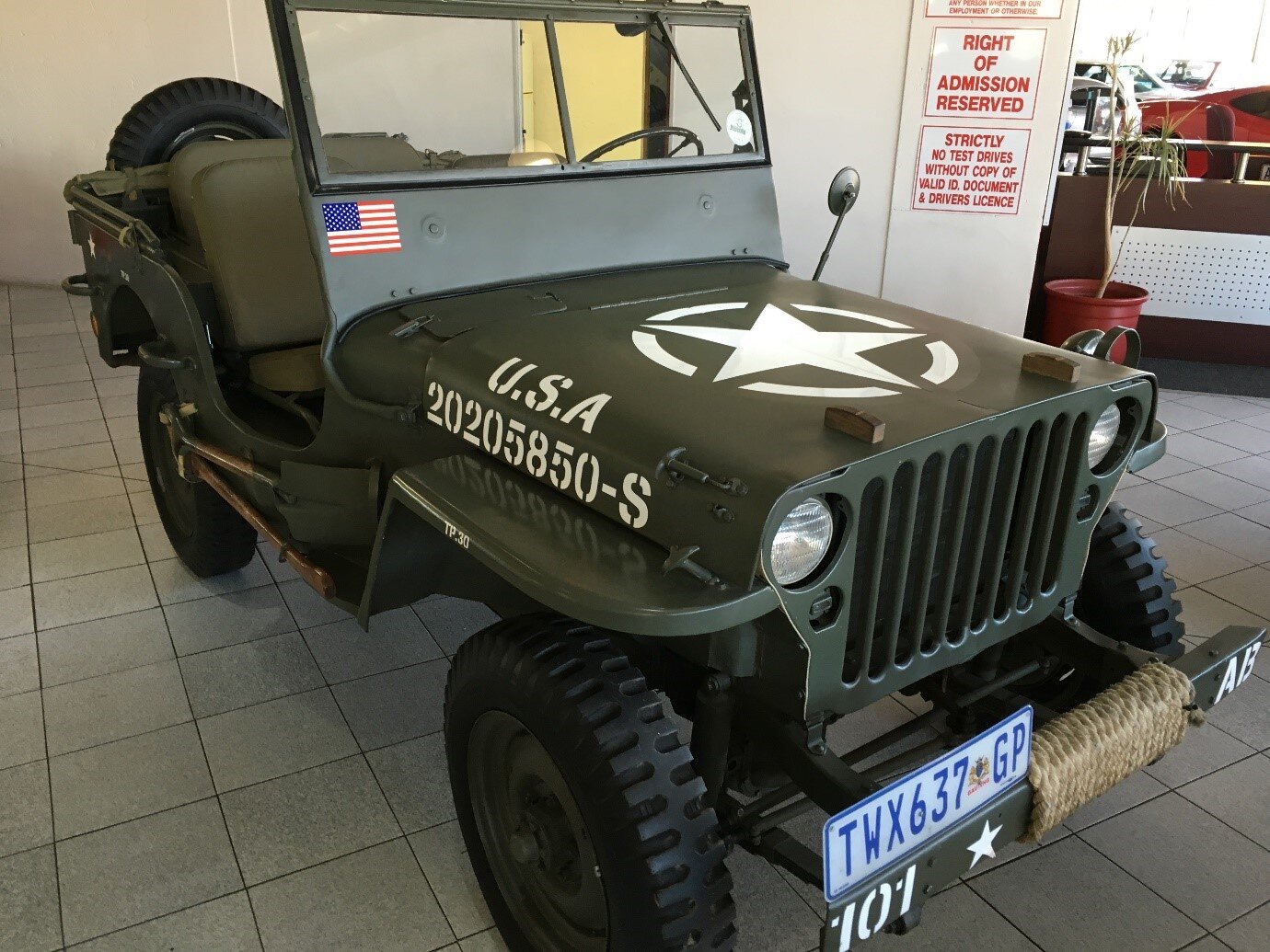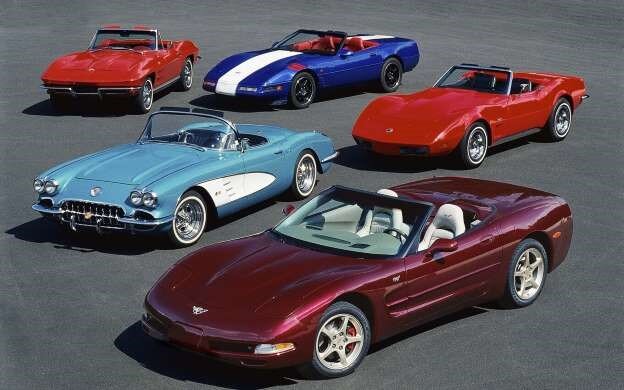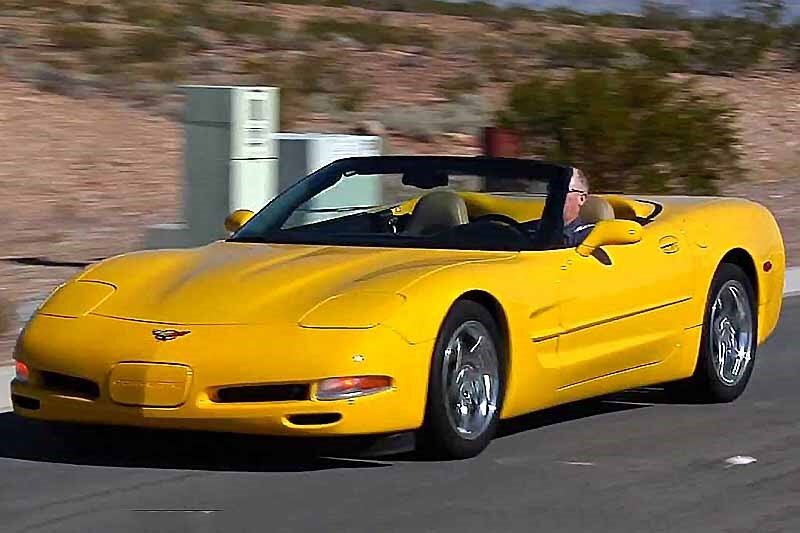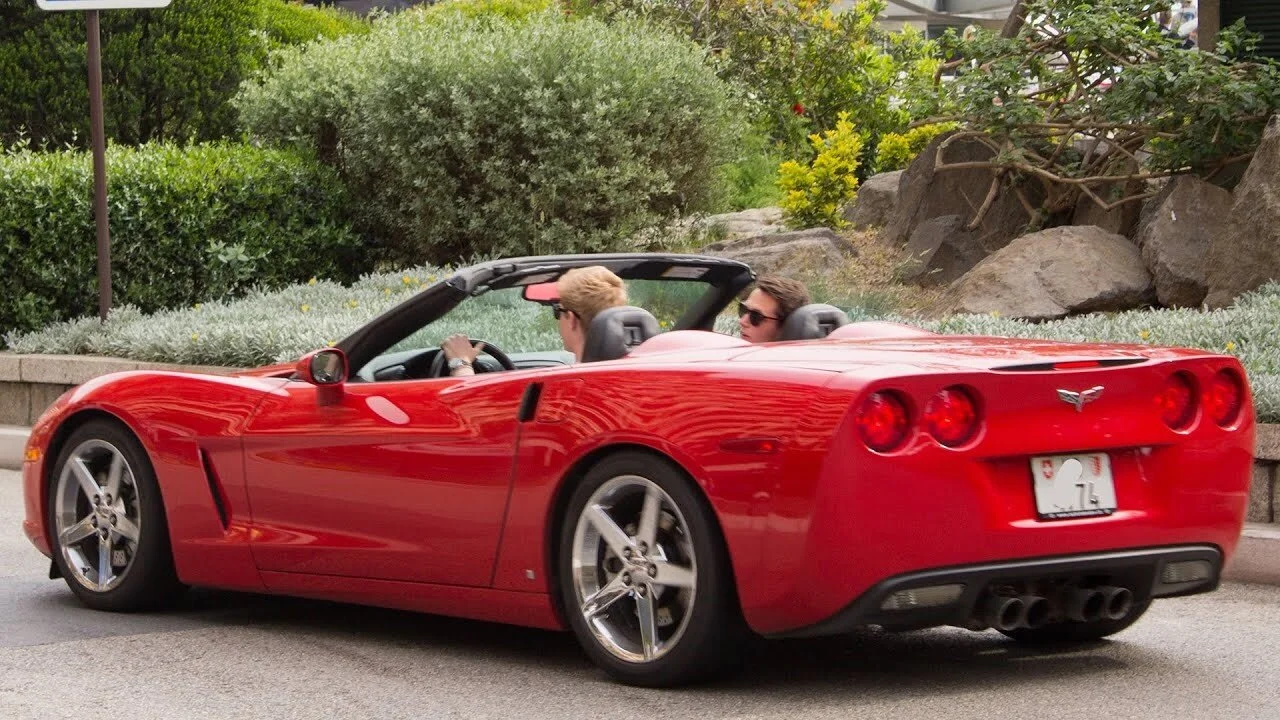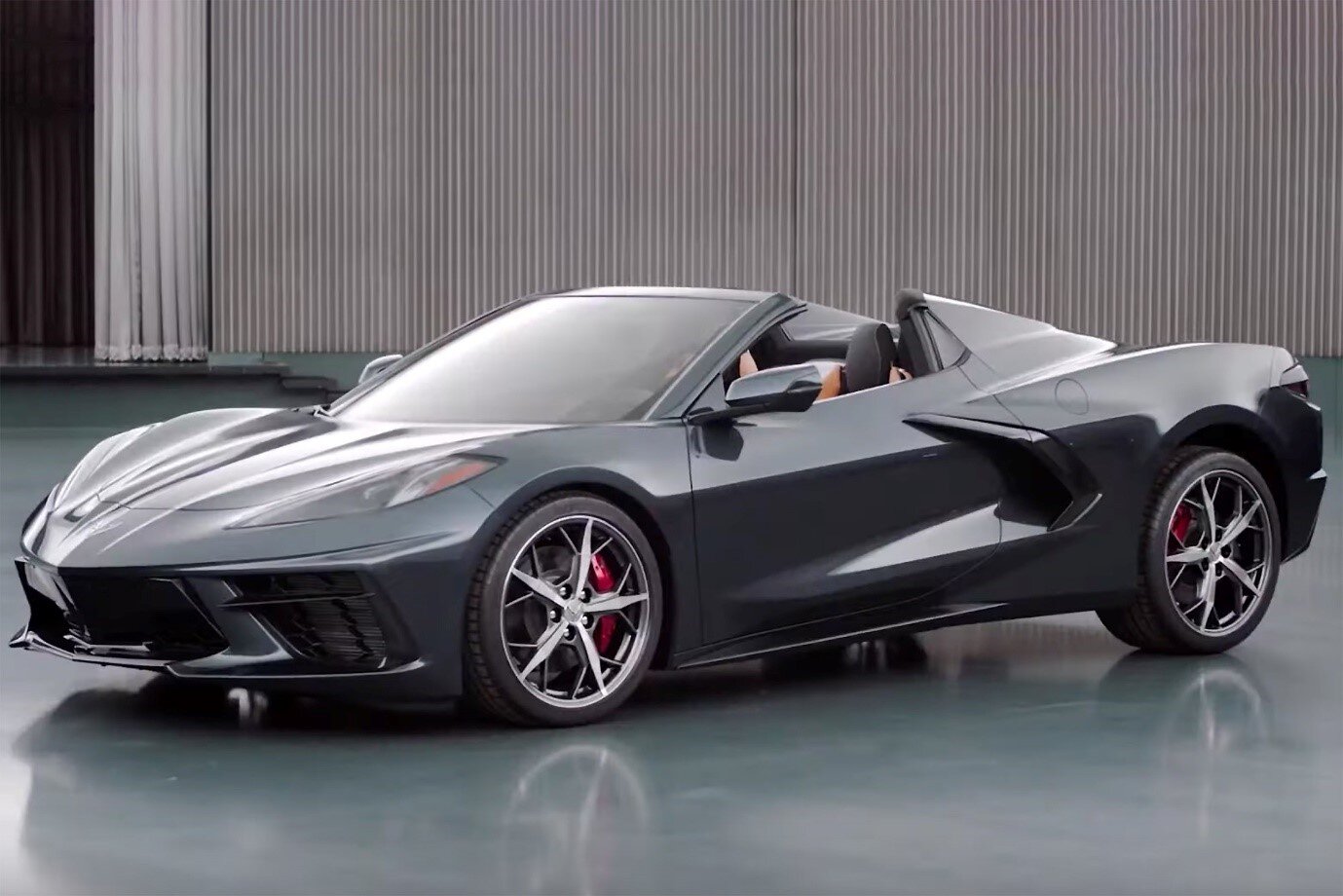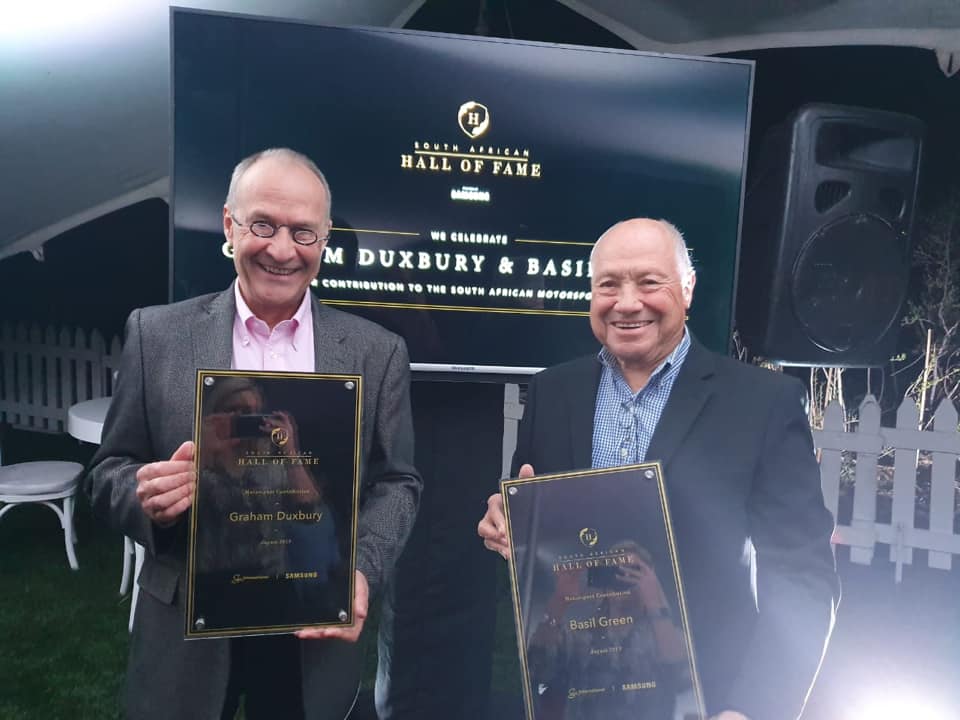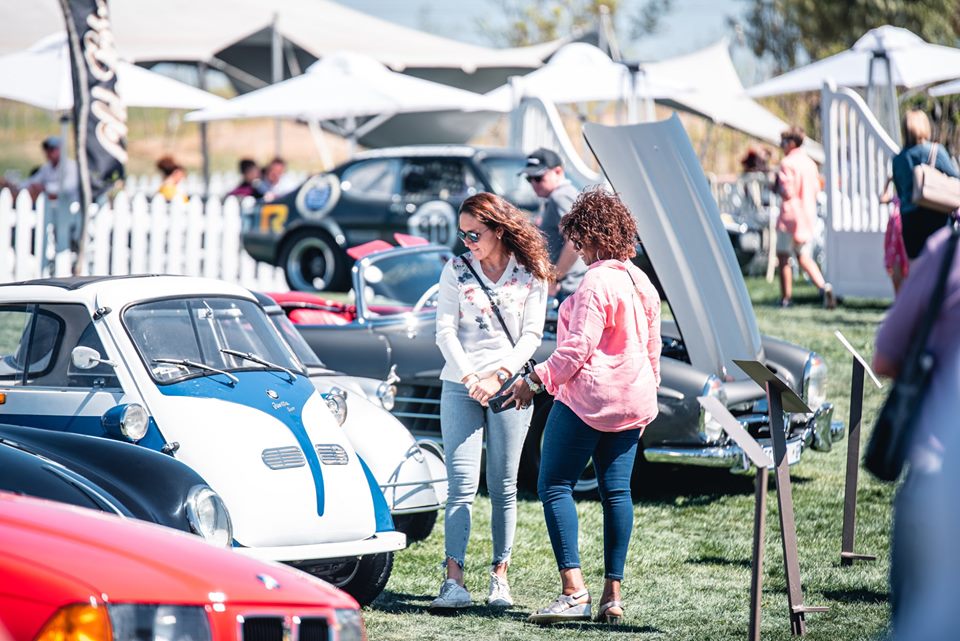Homologation means to sanction or “allow.” Homologation refers to the process taken to certify that a car is manufactured to meet the standards for sale— technically, all vehicles are homologated. But when we refer to a car being a homologation special , this means it’s approved for racing. Homologating a car for racing requires that a manufacturer produces a certain number of road-going versions. Homologations numbers will differ with each car; as it all depends on the series the car is racing in.
These homologation vehicles are quite rare and sought-after. As new cars, they were the trump card in every car quartet, and even today as classics, many models break records – though no longer on the track, but in terms of price.
BMW 3.0 CSL
From 1971, the E9 coupés were modified for touring car racing in collaboration with Alpina. The L in CSL unsurprisingly stands for lightweight construction. The first models also did not turn the performance world upside down but saved primarily on weight. the 3.0 CSL was built to make the car eligible for racing in the European Touring Car Championship 1,265 were built. The final version of the BMW 3.0 CSL was homologated in 1973 along with an aerodynamic package including a large air dam, short fins running along the front fenders, a spoiler above and behind the trailing edge of the roof, and a tall rear wing. The rear wings were not installed at the factory but were left in the boot for installation after purchase. This was done because the wings were illegal for use on German roads.
The most famous of the various versions of the BMW 3.0 CSL is certainly the last one, which was given the nickname “Batmobile” due to its sweeping aerodynamic package.
BMW M1
In the 1970s,BMW was successful in touring car racing. But when the 3.0 CSL started aging the big victories started to dwindle for the Bavarian Manufacturer. BMW took the decision to build a completely new, contemporary vehicle with a winning gene. Inspiration was found in the prototype BMW Turbo (E25), which back in the days was being designed by chief designer Paul Bracq. BMW Motorsport Director Jochen Neerpasch ensured power and performance for the M1, while Giorgio Giugiaro’s Italdesign design studio gave the body a new, production-ready polish.
Only 460 examples of the BMW M1, model series E26, were built between 1978 and 1981.
ALFA ROMEO GIULIA SPRINT GTA
With the introduction of the Giulia series, Alfa had replaced the venerable Giulietta Sprint coupe with an all-new design from Bertone designer Giorgetto Guigiaro named the Giulia Sprint GT. But the Sprint GT was really a wonderful two-person GT coupe. It was the perfect candidate for a production touring car racer, but at 2,200 pounds, it was way too heavy. To resolve that, Alfa created a “homologation special” production GT to be called the GTA (Alleggerita, or “lightened”), One of the hallmarks of the GTA was its use of an aluminum body shell and extensive use of magnesium components.
As with any homologation special, the street version was a pale imitation of the fire-breathing full racers.
They had to build 500 examples to meet the rules.
FORD ESCORT RS 2000
RS in Ford’s lexicon stands for Rally Sport and in this context, Ford introduced an RS version of the Ford Escort for the UK market early in its life cycle. The original Mk I-based Escort RS of 1973 was a 1600 and wasn’t generally available in South Africa. To provide the extra performance promised by the RS2000’s looks, Ford raided its international parts bin and came up with the 2,0-litre single overhead cam four-cylinder motor known as the Cologne engine because it was produced in Europe at Ford’s Cologne factory.
The original name for the car was to be the “Puma”, but it was decided to keep with the RS tradition and so it was re-named the RS2000. It was claimed that the first 2000 cars were built between the June and September of 1973, and were reserved for the German market
Although group 1 homologation was achieved (5000 units built) it is now accepted that around 3500 RS2000 cars left the production line.
MERCEDES-BENZ 190 E 2.5-16 EVOLUTION II
The 190E 2.5-16 Evolution II was the final model in the Stuttgart automaker’s run of DTM homologation cars from the late Eighties and early Nineties. The line began in 1983 with the arrival of the 190E 2.3-16, which featured a Cosworth inline-four initially designed specifically for rallying. However, Audi had other ideas and launched the Quatro to compete in the World Rally Championship. The rear-wheel-drive Merc was no competition for the Quatro and Mercedes focused their attention on the DTM Championship for the hot 190E. Mercedes' participation in the series would inspire BMW to create the M3 and the sports sedan showdown we know and love today was born.
Only 502 examples of the Evolution II were produced between 1990 and 1991. All but two of the cars wear Blauschwarz Metallic paint.

























